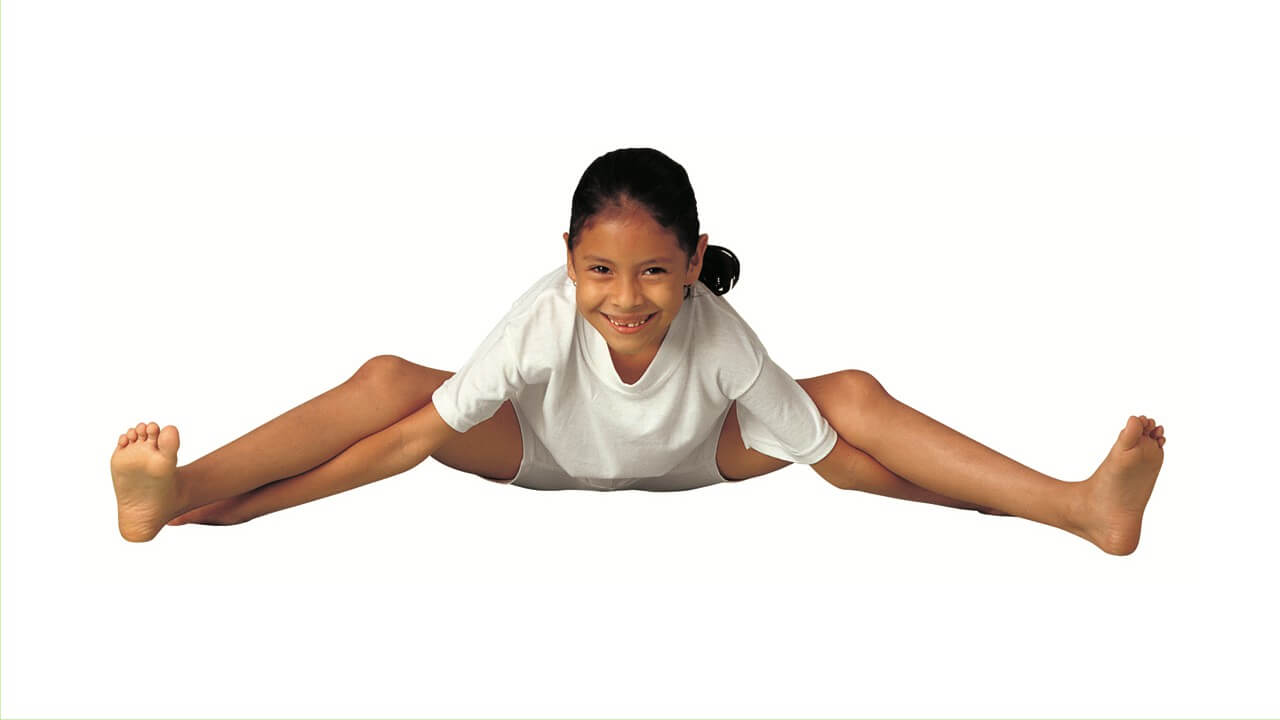Introduction
The Turtle Pose, also known as Kurmasana (from the Sanskrit word “Kurma,” meaning “turtle”), is a deeply relaxing and grounding yoga pose that promotes flexibility and a sense of calm. This pose is a seated forward fold with a unique twist, where the body mimics the shape of a turtle, encouraging introspection and mental tranquility. Practiced by yogis of all levels, Kurmasana is known for its restorative benefits and ability to stretch deeply into the back, shoulders, and hips.
Benefits of the Turtle Pose
The Turtle Pose offers a range of physical, mental, and energetic benefits:
1. Improves Hip Flexibility: By stretching the hips and groin, Turtle Pose increases mobility in the hip joints, which can aid in other yoga poses that require flexibility in this area.
2. Enhances Spine Flexibility: The pose gently stretches the spine, enhancing its flexibility and promoting overall back health.
3. Relieves Stress: Kurmasana is a forwardfolding pose, which is naturally calming for the nervous system. It can help reduce stress and anxiety, leaving you with a sense of peace and relaxation.
4. Boosts Digestive Health: By folding forward and compressing the abdomen, Turtle Pose can stimulate digestion and help with any feelings of bloating or sluggish digestion.
5. Encourages Inner Reflection: The shape of the pose encourages a feeling of withdrawal, similar to a turtle retreating into its shell. This can help you focus inward, enhancing meditation practices and mental clarity.
How to Perform the Turtle Pose
Here’s a stepbystep guide to practicing the Turtle Pose safely:
1. Prepare the Body
Begin by sitting on your mat with your legs extended in front of you.
Sit tall, lengthening your spine, and take a few deep breaths.
2. Move into Position
Spread your legs wide into a Vshape.
Slowly lean forward, allowing your torso to hinge at the hips.
Slide your arms under your knees with palms facing down. Keep sliding them out as far as they can comfortably go.
3. Lower the Torso
Gradually lower your chest towards the ground. Aim to rest your forehead on the floor, or as close to it as possible without straining.
4. Breathe and Relax
In this position, relax your entire body. Take deep, slow breaths, allowing each exhale to bring you deeper into the pose.
Hold this pose for 1530 seconds or as long as is comfortable.
5. Release the Pose
To come out, gently lift your torso, sliding your arms back out from under your legs.
Sit up straight, bringing your legs back together, and take a few moments to observe any sensations in the body.
Tips for Mastering the Turtle Pose
1. Don’t Force the Stretch: It’s essential not to push your body beyond its current flexibility level. Turtle Pose can be intense, especially on the hips and back, so move slowly and listen to your body.
2. Use Props if Needed: If you struggle to bring your chest down, use a bolster or block under your forehead. This will allow you to rest comfortably and gain the benefits of the pose without overstretching.
3. Focus on the Breath: Breathing deeply can help you relax into the pose and support a more profound release of tension.
4. Warm Up First: Warm up with some hipopening poses like Butterfly Pose (Baddha Konasana) or WideLegged Forward Fold (Upavistha Konasana) to prepare your body for Turtle Pose.
Common Mistakes to Avoid
1. Hunching the Shoulders: Aim to relax the shoulders away from the ears to prevent tension in the neck.
2. Overarching the Back: Ensure your spine is long and that you’re bending from the hips rather than the lower back. This will help prevent strain and promote proper alignment.
3. Forcing Flexibility: Turtle Pose requires a significant amount of hip flexibility, so it’s essential not to force the stretch if you’re new to the pose.
Variations of the Turtle Pose
For those who want to explore different levels of this pose:
1. Half Turtle Pose (Ardha Kurmasana): If the full Turtle Pose feels challenging, try Half Turtle Pose by keeping your arms out to the sides rather than under the legs. This is a gentler option and still provides a nice stretch for the spine.
2. Bound Turtle Pose (Baddha Kurmasana): For a more advanced variation, try Bound Turtle Pose, which involves clasping your hands behind your back as you lower into the fold. This pose requires greater flexibility and should only be attempted once you’re comfortable in the basic Turtle Pose.
Final Thoughts
Turtle Pose is a unique asana that offers both physical and mental benefits. With regular practice, this pose can improve your flexibility, calm your mind, and help you connect with your inner self. Remember to approach Kurmasana with patience and respect for your body’s limits.

